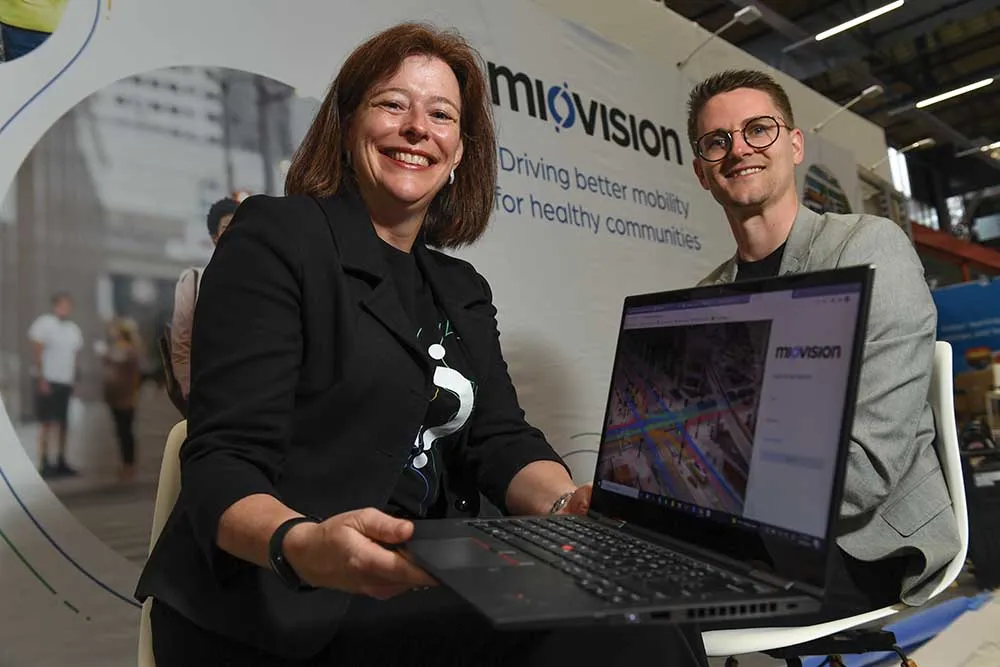The European project Drive C2X has hosted its final major demonstration, Making cooperative systems cooperate, in a two-day event at the Lindholmen Science Park in Gothenburg, Sweden.
The event featured an experts’ day and a public day, where visitors gained hands-on experience of the Drive C2X functions in a running field operation test (FOT) and the unique opportunity to drive cars equipped with the DriveC2X system that provides warning and information based on car-to-infrastructure (C2I) and car-to-car (C2C) communications.
Fifteen demonstration cars, including latest models from
Real time video transmission from Helmond in The Netherlands and videos from Vigo in Spain and Brennero, Italy provided an insight into the activities of each test site and showed the running of field operation tests across Europe.
Around 200 experts participated in the experts’ day, discussing the test design and methodology of running FOTs in a series of workshops, presentations and exhibitions. In line with the project’s efforts to harmonise technologies for cooperative services, the US Department of Transport was invited to give a presentation on standards for wireless communication.
During the public day, more than 100 visitors were introduced to cooperative driving by the project coordinator. After a theoretical introduction, participants experienced and discussed the benefits of cooperative driving with the DriveC2X team, before taking a test drive.
Drive C2X project hosts final demo event
The European project Drive C2X has hosted its final major demonstration, Making cooperative systems cooperate, in a two-day event at the Lindholmen Science Park in Gothenburg, Sweden. The event featured an experts’ day and a public day, where visitors gained hands-on experience of the Drive C2X functions in a running field operation test (FOT) and the unique opportunity to drive cars equipped with the DriveC2X system that provides warning and information based on car-to-infrastructure (C2I) and car-to-car (
June 20, 2013
Read time: 2 mins








